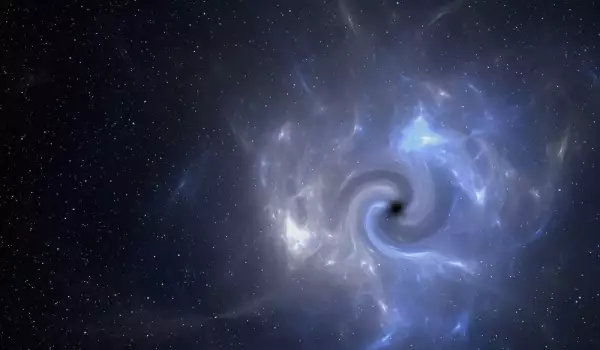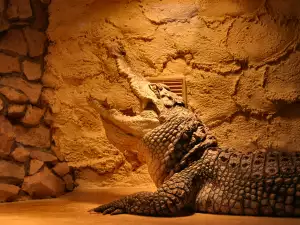Despite its vast scientific-technological progress, humanity still cannot explain certain phenomena it encounters on its very own planet - one that we should be fully familiar with by now.
A shining example of this is the mysterious ball discovered in 1975 in the Ukraine that is made of a material unknown to science, reminiscent of black opaque glass. The unusual discovery was made accidentally at a construction site of a residential building at a depth of 26 ft (8 m).
The object was immediately sent for analysis. Initial analysis showed that the layer of clay stuck to the uppermost part of the ball was more than 10 million years old.
With this fact in mind, scientists initially rejected the idea that the object was a product of intelligence, rather they explained it as a concurrence of circumstances under normal, natural processes.
However, the object has a perfect oval shape. Further analyses showed that the ball was filled with some kind of strange substance. The artifact was subjected to X-ray analysis. Research showed that its creators did not use a base 10 but a base 24 number system which has never been used in any known culture on Earth.

But despite all the peculiarities, the research scientists' greatest shock came from the final data regarding the density of the sphere. It turned out that the mysterious object had negative density.
According to the researchers, this can only be explained by the idea that the ball contains antimatter in it. We only learned of the existence of this type of substance in 1932, while the first atoms of antimatter were created by physicists working at the European Organization for Nuclear Research (CERN) in 1995.
Scientists still cannot determine the amount of antimatter in the enigmatic Ukrainian ball but what is known is that creating 1 mg of the substance using current methods and conditions would cost $100 billion. On the other hand, destroying 1 g of it would cause an explosion several times more destructive than the bomb dropped on Hiroshima.









